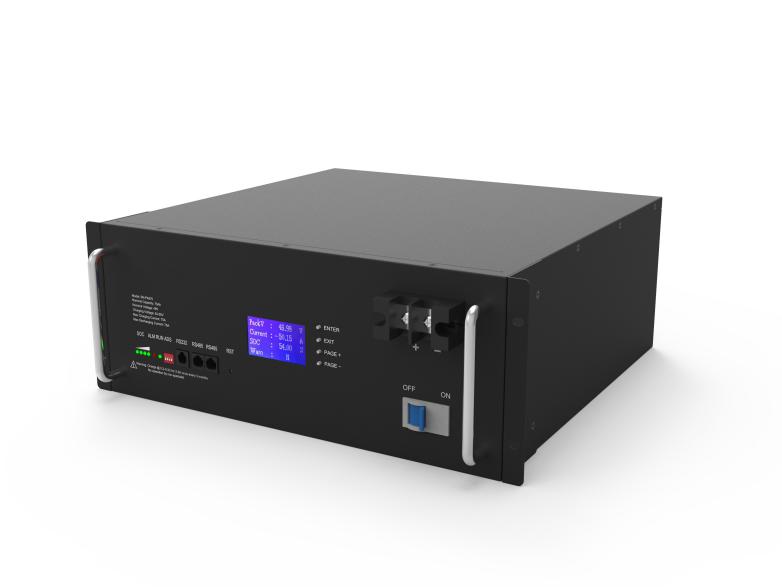- 16
- Nov
Charging principle: the selection method of charging voltage and current
1. What is the best current for rechargeable lithium batteries?
Lithium batteries must be charged with constant current first, that is, there must be current, and the battery voltage and charging process gradually increase, when the battery voltage is 4.2V, it must reach 4.1V), for constant voltage charging, not the voltage must have the basis of current Full-scale constant current charging is performed on the upper side, and the charging process is continuously reduced. When the temperature is lowered to 0.01 degrees Celsius, the charging is stopped. (C is a method of expressing the rated capacity of the battery according to the current. For example, if the battery capacity is 1000mAh, 1C is the charging current of 1000mA. Note that this is mA, not Ah. Why think that 0.01C is the terminal charge: This is the national standard GB / T18287-2000 is also a review. In the past, we have completed 20mA. The industry standard YD/T998-1999 of the Ministry of Posts and Telecommunications has the same rules, that is, no matter how large the battery capacity is, the stop current is 20mA. The national standard 0.01c is helpful for charging More fully, this is an advantage confirmed by the manufacturer. In addition, the national standard stipulates that the charging time should not exceed 8 hours, that is, even if it does not reach 0.01c, it is regarded as 8 hours charging. (The quality of the battery is no problem, and it should be within 8 hours. 0.01 degrees Celsius, it is not a good quality battery, and it is meaningless to wait) The best charging rate of lithium ion or lithium is 1 c, which means that a 1000 mAh battery has a fast charging current of 1000 mAh and the cost is this The speed can complete the charging in the shortest time without reducing the battery performance and shortening the service life. In order to achieve this satisfactory charging rate, it is necessary to increase the charging current value of the battery pack as the capacity increases.

2. What is the best voltage for rechargeable lithium batteries?
The nominal voltage of the lithium battery is 3.7V (3.6V), and the charge cut-off voltage is 4.2V (4.1V, depending on the battery brand, and the design is different). How to distinguish 4.1V and 4.2V: Consumers cannot distinguish between it, and it depends on the battery manufacturing Manufacturer’s product specifications. Some brands of batteries are generally 4.1V and 4.2V, such as A&TB (Toshiba), domestic manufacturers are basically 4.2V. What happens if you charge a 4.1V battery to 4.2V? This will increase the battery capacity and make it easier to use. Assume from 500 to 300. Similarly, if the 4.2V battery is overcharged, its life will be shortened. Lithium batteries are fragile. If the battery has a protection board, can we settle it down? No, because the cut-off parameter of the protection board is 4.35V (okay, but the difference between 4.4V and 4.5V), so the protection board has to deal with the intermediate frequency. If the battery is charged every time, it will age quickly.
3. What is the battery capacity of the Apple iPhone?
Apple iPhone battery specifications have a nominal voltage of 3.7V, a charging cut-off voltage of 4.2V, and a battery capacity of 1400mAh. It can be seen from the above that the optimal charging rate is 1C. The current required to reach 1400mA starts charging at a voltage of 3.7V.
4. What is the voltage and current of the usb port and charger?
Usb interface current is 500mA, voltage is +5V. If you flip HWinfo while charging, you can also see the external power supply. The 500mA charger is designed for iPhone. In summary, when USB is charging, the voltage is +5V and the current is only 500mA. From the answers to Question 1 and Question 2, we know that this method increases battery capacity, which is cool to use, but reduces battery life. When using a charger to charge, we may ask, didn’t you say that the best speed is 1C? It is correct to think that the iPhone should be charged with a current of 1400mA, yes, but the country also has regulations. The low charging rate specified by gb is 0.2C. (Regulated charging system), also take the iPhone’s 1400mAh capacity battery as an example, which is 280mA. In theory, the smaller the battery, the more beneficial. But you can’t wait three days for a battery charge. (Capacity mAh = current mA x time h) So Apple chooses 0.7C, most batteries are between 0.5C and 0.8C, you can choose 5! Obviously, some people use USB to charge, which feels longer life, but this is a special battery The value of life
